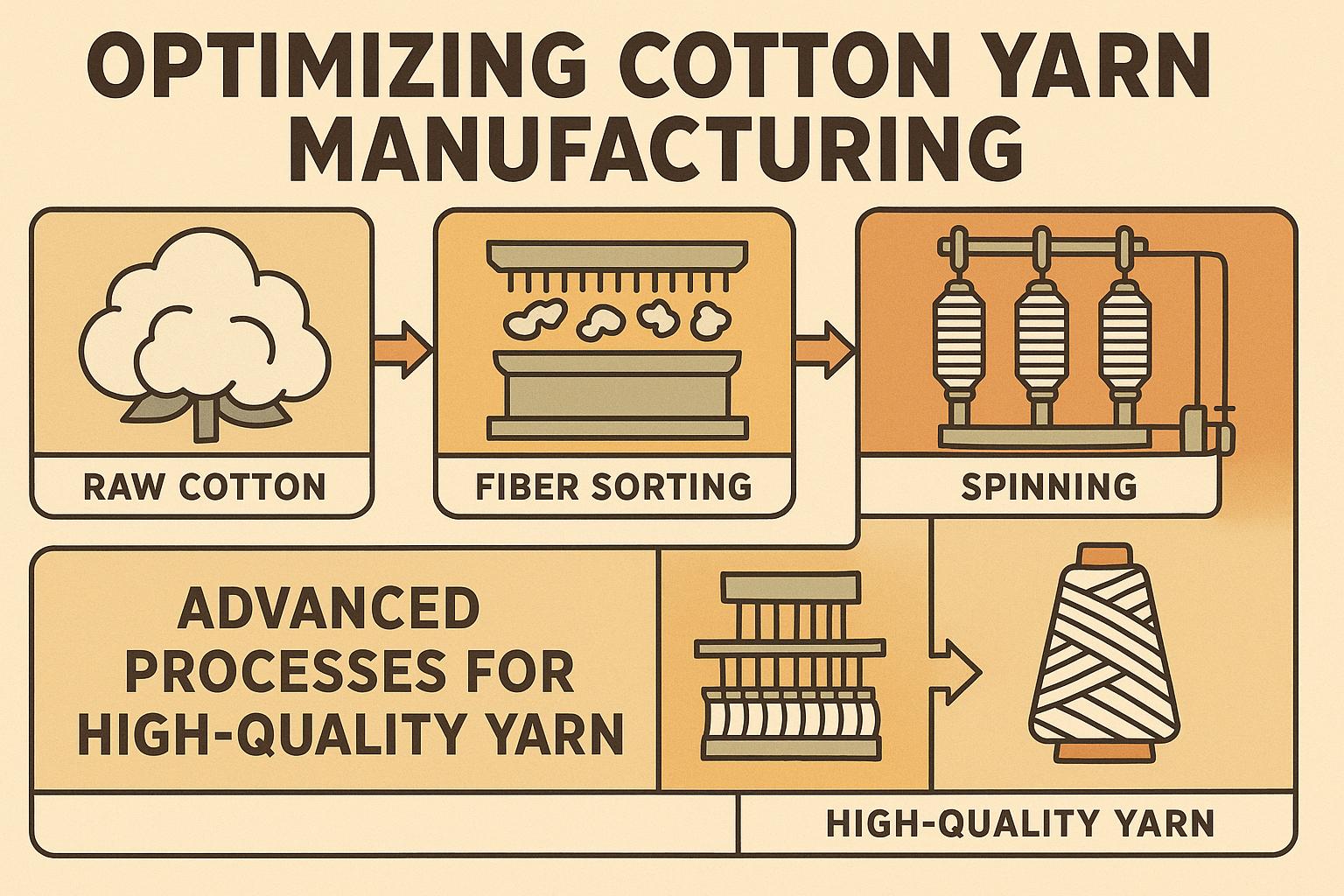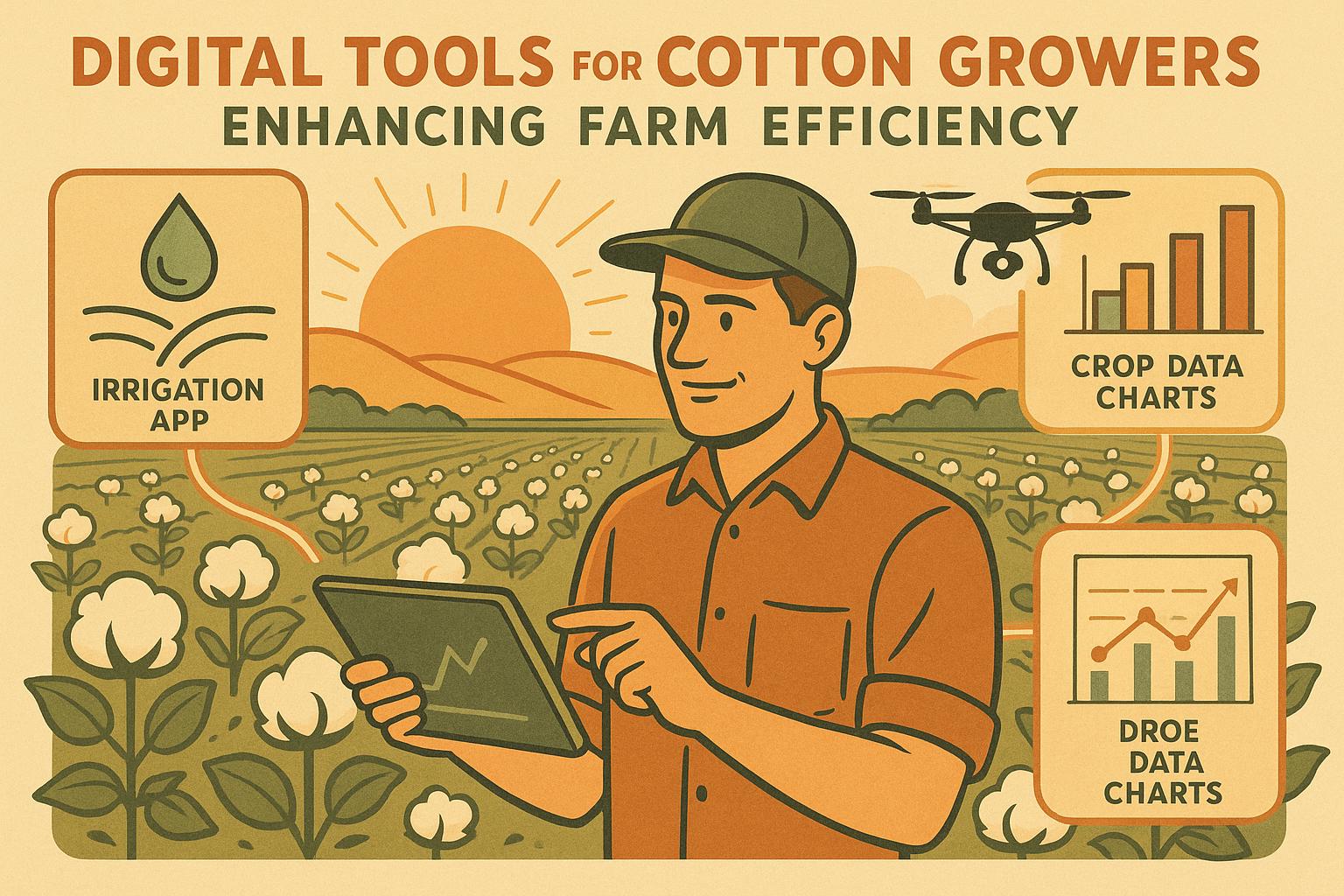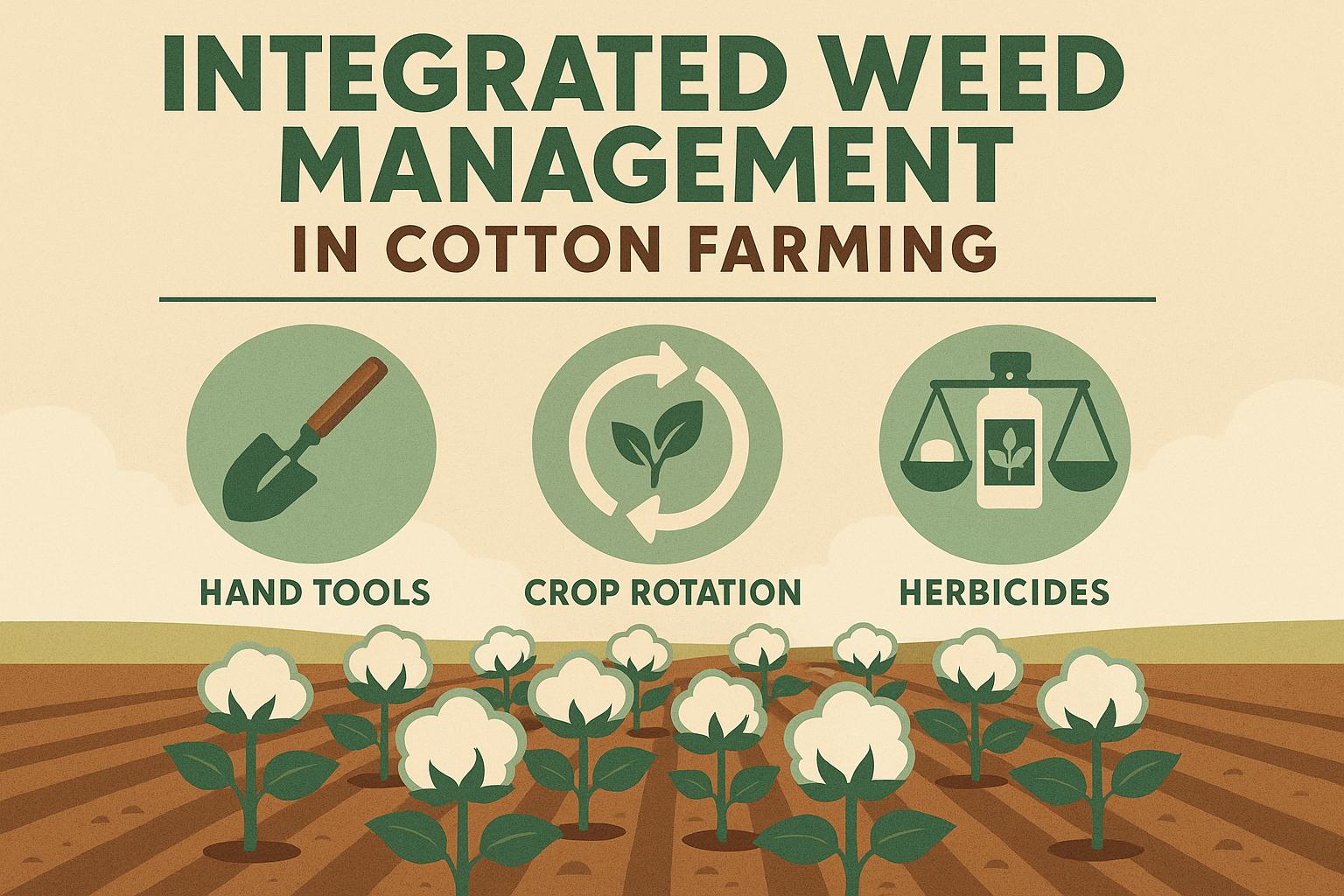The Lone Star State stands at the forefront of American cotton production, contributing an impressive 35-40% of the nation’s total output. But what makes Texas the undisputed leader in this vital industry? From its natural advantages to cutting-edge technologies, Texas has cultivated a thriving cotton sector that sets the standard for efficiency and innovation. This article delves into the factors propelling Texas’s dominance, exploring its history, key regions, advancements in farming practices, and the sustainable techniques shaping its future.
A Storied Legacy: The Roots of Cotton in Texas
Cotton farming in Texas dates back to its early history, arriving through trade routes and cultivated initially by Native Americans. By the 19th century, the crop became a cornerstone of the state’s economy. Despite its reliance on enslaved labor during its early development, cotton endured after the abolition of slavery, evolving with innovations in farming and processing. Today, Texas outpaces every other state, producing more than double the cotton output of its closest competitor. This historical resilience underscores the state’s enduring relationship with cotton as a key economic driver.
The Natural Advantage: Why Texas Is Ideal for Cotton Farming
Abundant Arable Land and Varied Regions
Texas’s vast, fertile terrain provides an unparalleled advantage for cotton farming. The state dedicates approximately 5 to 6 million acres - roughly equivalent to 9,000 square miles - to cotton cultivation. Its diverse regions cater to different farming conditions:
- High Plains: Located in western Texas, this semi-arid region benefits from fertile soil and extensive irrigation systems tapping into the Ogallala Aquifer. Farmers here maximize yields with drought-tolerant cotton varieties and mechanized farming.
- Rolling Plains: With slightly higher rainfall and a mix of flat and rolling terrain, this area utilizes a blend of surface water and groundwater. Precision farming techniques, such as GPS-guided tractors, help optimize resources.
- Blacklands: Known for its nutrient-rich, dark soils, this central Texas region thrives with moderate rainfall. Sustainable practices like crop rotation maintain soil health and support cotton longevity.
- Trans-Pecos: In far west Texas, farmers face arid conditions but overcome water scarcity through innovations like drip irrigation and cotton varieties tailored for dry climates.
Favorable Climate
Texas’s long, hot growing season aligns perfectly with cotton’s needs. The extended warmth ensures high yields and better fiber quality, giving Texas an edge over states with shorter growing periods.
Technological Investments
Research institutions, such as Texas A&M University’s AgriLife Extension, provide farmers with critical resources to improve yields and fiber quality. Biotechnology, including herbicide-tolerant and pest-resistant cotton varieties, has further boosted productivity and minimized crop loss.
The Role of Innovation: Cutting-Edge Technologies in Cotton Farming
Texas farmers embrace a progressive mindset, applying advanced technologies to optimize cotton production. These innovations demonstrate the state’s commitment to staying ahead of evolving agricultural challenges.
Precision Agriculture
Precision agriculture takes the guesswork out of farming by tailoring practices like irrigation and fertilization to specific zones within a field. Farmers use GPS-guided machinery and soil monitoring tools to manage resources more efficiently, leading to:
- Lower input costs
- Enhanced water-use efficiency
- Increased cotton yields
Satellite-Based Crop Monitoring
Satellites equipped with multispectral imaging provide farmers with real-time insights into crop health. By detecting nutrient deficiencies, irrigation needs, and pest issues early, farmers can take targeted actions to maintain optimal crop conditions.
Artificial Intelligence and Advisory Systems
AI-driven platforms analyze data such as weather patterns, soil conditions, and historical yields to generate actionable recommendations. These tools help farmers with irrigation scheduling, pest control, and yield predictions, ensuring smarter, more efficient decision-making.
Drones in Agriculture
Drones provide aerial views of cotton fields, identifying problem areas such as disease outbreaks or water stress. With this data, farmers can implement precise interventions, reducing resource waste and maximizing crop health.
Genetically Modified Cotton Varieties
Pest-resistant and drought-tolerant cotton varieties have revolutionized farming in Texas. By minimizing losses and reducing pesticide reliance, these crops ensure stable yields even during extreme weather conditions.
Sustainability: The Future of Cotton Farming in Texas
As sustainability becomes a priority, Texas cotton farmers are leading efforts to reduce environmental impact while maintaining profitability. Key initiatives include:
- Water Conservation: Technologies like drip irrigation and soil moisture sensors optimize water usage, crucial in semi-arid regions.
- Integrated Pest Management (IPM): By combining natural pest control methods with minimal pesticide use, farmers protect ecosystems and reduce costs.
- Crop Rotation: Switching between cotton and other crops improves soil fertility and disrupts pest cycles, ensuring long-term productivity.
- Carbon Footprint Reduction: Practices such as no-till farming and adopting renewable energy sources help lower greenhouse gas emissions.
These sustainable methods not only preserve natural resources but also meet growing consumer demand for eco-friendly products. Texas’s leadership in sustainability sets an example for other agricultural sectors.
Economic Impact: Cotton’s Contribution to Texas
Texas’s cotton industry generates billions of dollars annually, supporting not only farmers but also related sectors such as ginning, textiles, and equipment manufacturing. Key figures include:
- 10 million bales processed annually
- Large-scale cotton gins located in towns like Lubbock and Littlefield
- Major producers, such as CA Lehman Company and White River Farms, driving growth
Additionally, Texas cotton is a critical export commodity, enhancing the state’s balance of trade and international reputation.
Key Takeaways
- Geographic Advantages: Texas’s diverse regions, warm climate, and fertile soils create ideal conditions for cotton farming.
- Technological Leadership: Precision agriculture, satellite monitoring, AI systems, and drones maximize efficiency and yields.
- Sustainability Focus: Water conservation, IPM, and carbon reduction initiatives align with environmental priorities.
- Economic Significance: Cotton contributes billions to Texas’s economy, supporting jobs and exports.
- Resilience Through Innovation: Genetically improved cotton varieties and advanced farming techniques address challenges like drought and pests.
Actionable Insights for Industry Stakeholders:
- Farmers: Adopt precision agriculture tools to improve resource efficiency.
- Cotton Gin Operators: Invest in automated technologies to handle increasing yields effectively.
- Policy Makers: Prioritize funding for agricultural research and sustainability programs.
- Businesses: Leverage sustainable practices to meet consumer demand for traceable, eco-friendly cotton.
Conclusion
Texas’s dominance in cotton production is no accident - it’s the result of natural advantages, innovative practices, and a commitment to sustainability. From the high-tech strategies employed in the High Plains to the eco-conscious efforts in the Trans-Pecos, the state serves as a model for modern agriculture. As challenges like climate change and resource scarcity loom, Texas’s adaptive approach ensures that it will remain a global leader in cotton production for years to come. For professionals in the cotton industry, there has never been a better time to learn from and partner with the farmers of Texas. Together, they are shaping the future of cotton, one field at a time.
Source: "Texas it’s the leading cotton #TexasCotton #CottonFarming #Agriculture" - World history, YouTube, Aug 12, 2025 - https://www.youtube.com/watch?v=jXu-V-OrVGg
Use: Embedded for reference. Brief quotes used for commentary/review.


